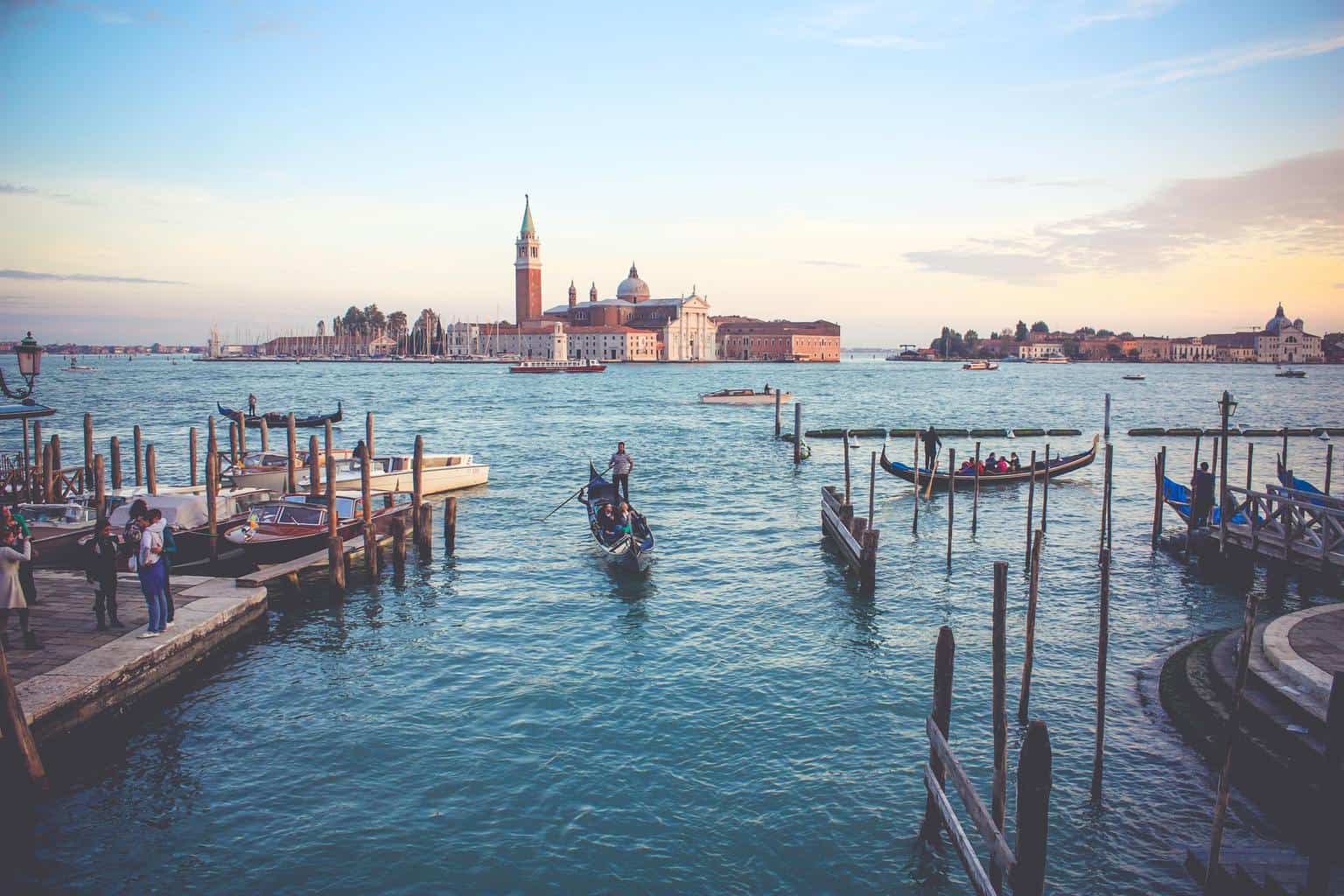When you’ve been bitten hard by the scuba diving bug, you end up wanting to take any and every opportunity available to get underwater.
Naturally, a dedicated diving holiday lends itself to this perfectly, but what about something more cultural?
A trip to the fabulous Italian “City of Canals” Venice is up near the top of many people’s travel bucket lists.
Beauty and history appear everywhere you look, but are there any opportunities to scuba dive?
While scuba diving in the famous canals is out, we will see that there are some wonderful opportunities just nearby in the Gulf of Venice that are well worth packing your dive kit for.
- Visiting Venice
- Scuba Diving in Venice
- Diving in the Gulf of Venice
- What’s the Best Time of Year to Visit Venice for Diving?
- Conclusion
- You Might Also Like…
Visiting Venice
Venice’s magnificent city is situated in Italy’s northeastern part and sits on the coast of the Adriatic Sea.
Venice is made up of 118 small islands famously separated by a network of canals and joined together by over 400 bridges.
Nicknames for Venice include the “Queen of the Adriatic,” “City of Water,” “City of Bridges,” “The Floating City,” “City of Love,” and “City of Canals.”
The Venice lagoon and large parts of the city are listed as a UNESCO World Heritage Site.
From the stunning Basilica di San Marco (St Mark’s Cathedral) with its famous square surrounded by cafes and restaurants to the Palazzo Ducale museum, or La Fenice Opera House, Venice is filled with numerous treasures on land.
For many people, the most famous image of Venice is the canals with their traditional gondoliers.
Taking a ride on a gondola while enjoying a real Italian ice cream is a must for any visitor.
Scuba Diving in Venice
With all this water around and indeed inside the city, is there any opportunity for scuba diving?
Unfortunately, diving in the Venitian canals is not possible or attractive.
Firstly, entering the canals is forbidden by law, but also the water is not very clean at all, and there really wouldn’t be much opportunity for spotting any underwater life or much else.
The Venice Lagoon itself is sand-bottomed and quite silty, with an average depth of just 10m.
While very occasionally Bottlenose Dolphins have been spotted inside the lagoon, this isn’t a location to consider scuba diving.
There is also a lot of boat traffic, and so it really might be quite unsafe as well as unrewarding.
Diving in the Gulf of Venice
Coastal towns surrounding Venice’s central city, such as Jesolo, Caorle, or Cavallino-Treporti, offer scuba diving opportunities.
Although it is not regarded as the most exciting diving available, they give visitors a chance for some gentle shore based scuba diving.
These dives are also ideal for beginner diving courses or divers with less experience.
Lucky divers can see smaller marine life such as seahorses, pipefish, cuttlefish, and lobsters in shallow areas of seagrass.
The very best scuba diving in the area is available by going by boat into the Gulf of Venice in the north of the Adriatic Sea to visit the Tegnue “reefs” and the numerous nearby shipwrecks.
Diving the Tegnue Rocks
The Venetian Tegnue are ancient underwater rock formations that occur at depths of between 15 and 40m.
The size of the Tegnue varies from small isolated rock blocks to large structures hundreds of meters wide.
These formations are named after the Venitian word Tegnue which means “held back.”
The name was given by fishermen whose nets were caught underwater on the rocks and held back forever.
Since 2002 the Venetian Tegnue has been protected as an environmentally sensitive area, and all fishing is banned.
Diving the Tegnue provides fantastic opportunities to spot extensive Meditteranean marine life that has found shelter amongst the rock formations.
Sea sponges, crabs, anemones, rockfish, sea breams, red drum, eels, lobsters can all be found amongst the spectacular underwater structures.
The Tegnue are carefully managed with a well-maintained system of mooring buoys so that boats can visit without causing damage to the fragile ecosystems.
Underwater lines have been installed to provide divers with safe and exciting routes to tour around the Tegnue without causing any damage.
Non-diving visitors to Venice can see a recreation at the Tegnue Aquarium inside the Natural History Museum of Venice.
Wrecks of the Gulf of Venice
With its long maritime history, the Gulf of Venice features numerous shipwrecks that can be visited by scuba divers.
These wrecks provide an oasis of marine wildlife for divers to enjoy as well as that of the experience of visiting the shipwreck itself with its associated history.
The wrecks in the Gulf of Venice and the wider Adriatic Sea include ships, submarines, planes, and torpedo-boats.
Wrecks near Venice available to scuba divers include:
Vrmac
A cargo ship that sank in 1961 about 3 miles off Porto di Lido entrance, Venice.
The Vrmac is one of the most accessible wrecks in the area and sits in just 15m depth of water.
Evdokia II
A 100m long cargo ship sunk in 1991 after a collision in fog with another vessel.
Lies at a depth of between 12 and 28m.
S88
A torpedo-boat that sank after a collision with a pontoon boat that was attempting to lift an Austro-Hungarian submarine.
The wreck lies at a depth of 20 meters at 6 miles from Venice.
What’s the Best Time of Year to Visit Venice for Diving?
May to October is the best time for diving in Venice.
Average sea temperature during this period ranges from 65°F (19°C) in May and October up to a maximum of 78°F (25°C) in August.
The water visibility is generally lower in the warmer summer months due to higher levels of algae.
Average air temperatures in this period range from around 62°F (18°C) in May and October and up to 73°F (23°C) in August.
Most divers will use drysuits all year round, although some will chose thick wetsuits in the summer months.
Conclusion
If you’re planning a holiday to Venice, it’s well worth taking your scuba gear.
Forget diving in the Venice canals, but take some trips into the Gulf of Venice to visit the Tegnue rocks and the numerous wrecks for some fantastic European scuba diving.
You Might Also Like…
-

How Do Scuba Divers Drink Water? 5 Possible Ways (+7 Tips)
-

How Long Can Scuba Divers Stay Underwater? (+9 Limiting Factors)
-
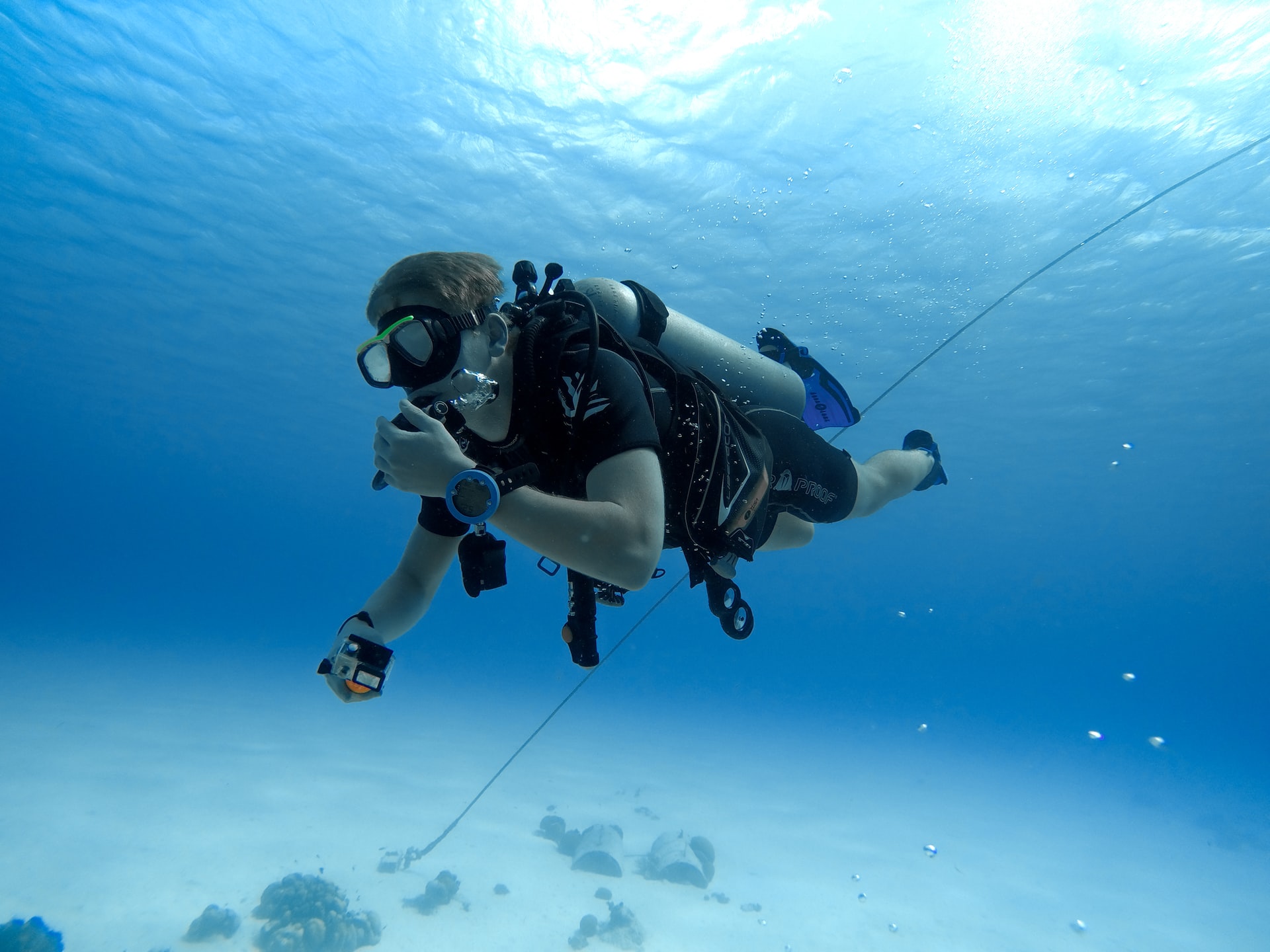
Are Scuba Divers Athletes? All the Facts (+New Competitive Forms)
-
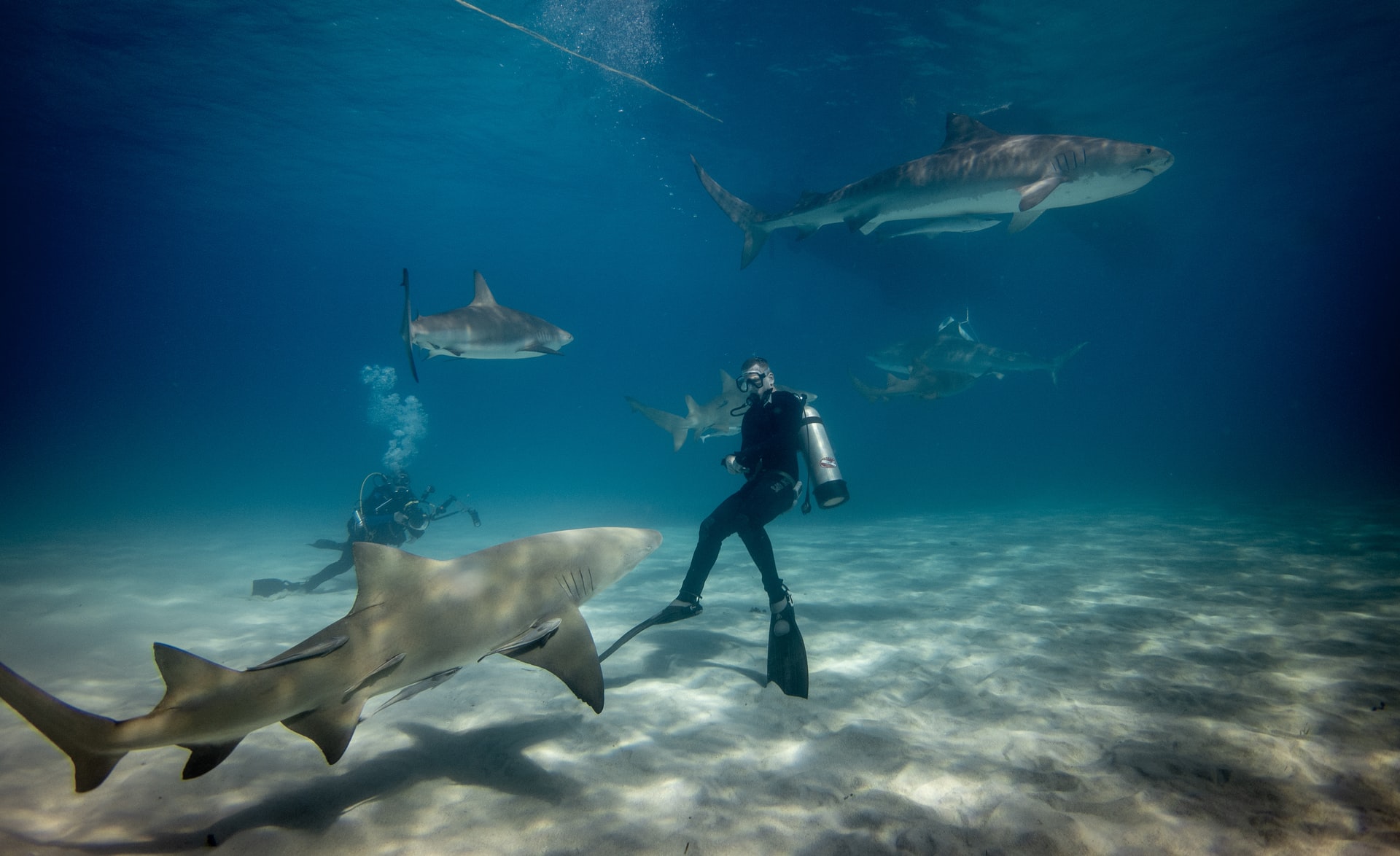
Are Sharks Scared of Scuba Divers? (What Every Diver Must Know)
-
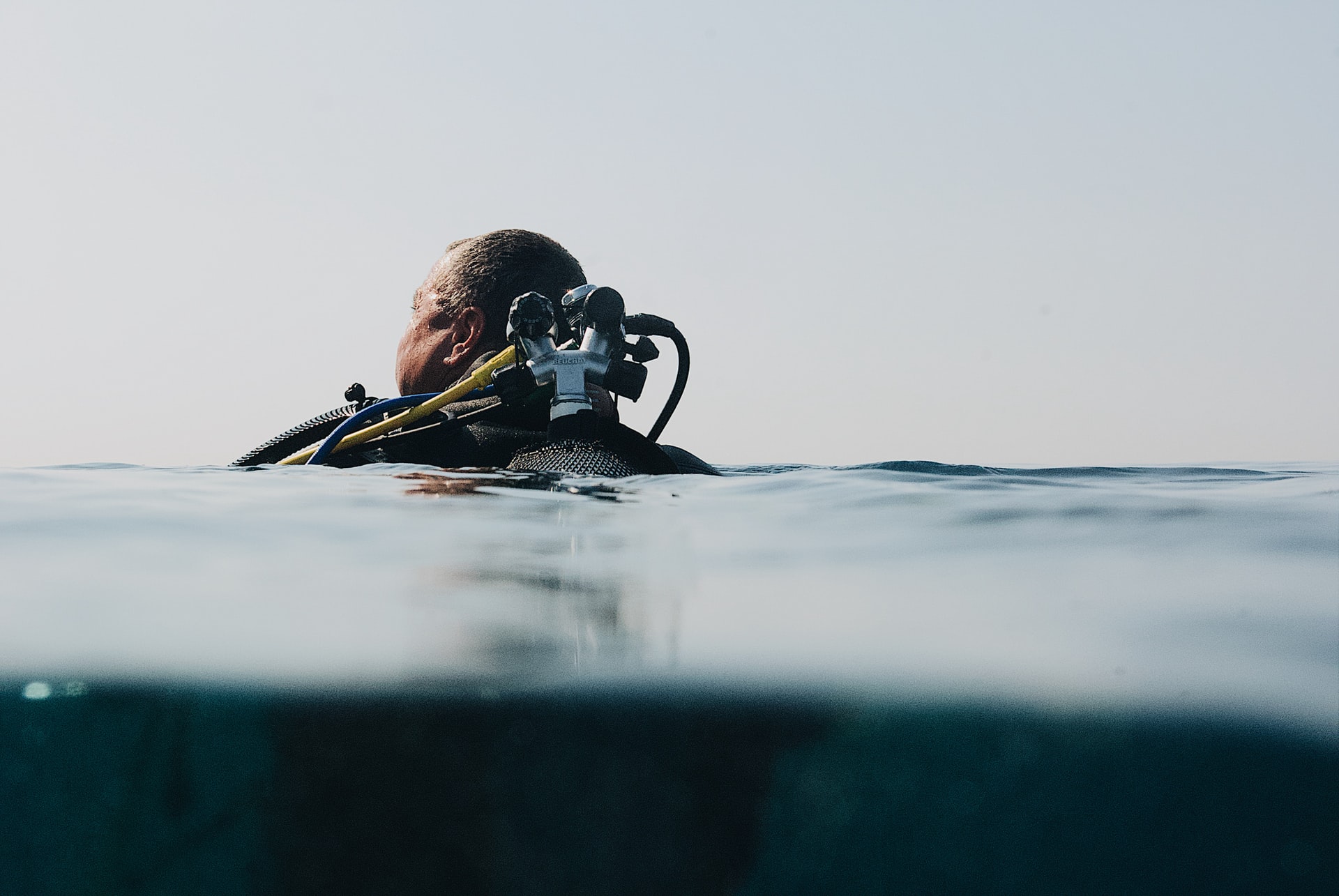
Who Should Not Scuba Dive? 17 Reasons (Every Diver Should Know)
-
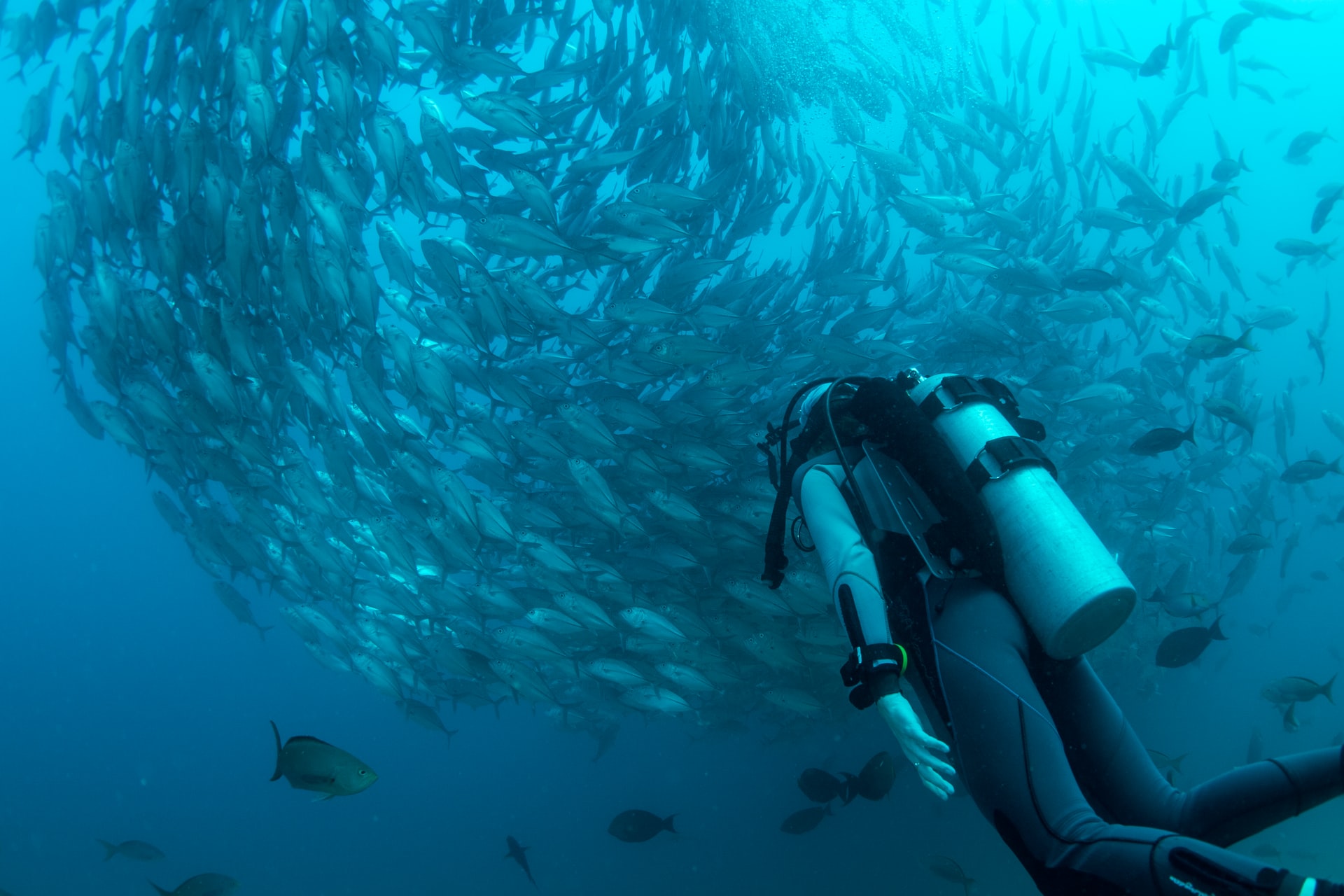
Should I Be Scared of Scuba Diving? 8 Common Fears (Debunked)
-
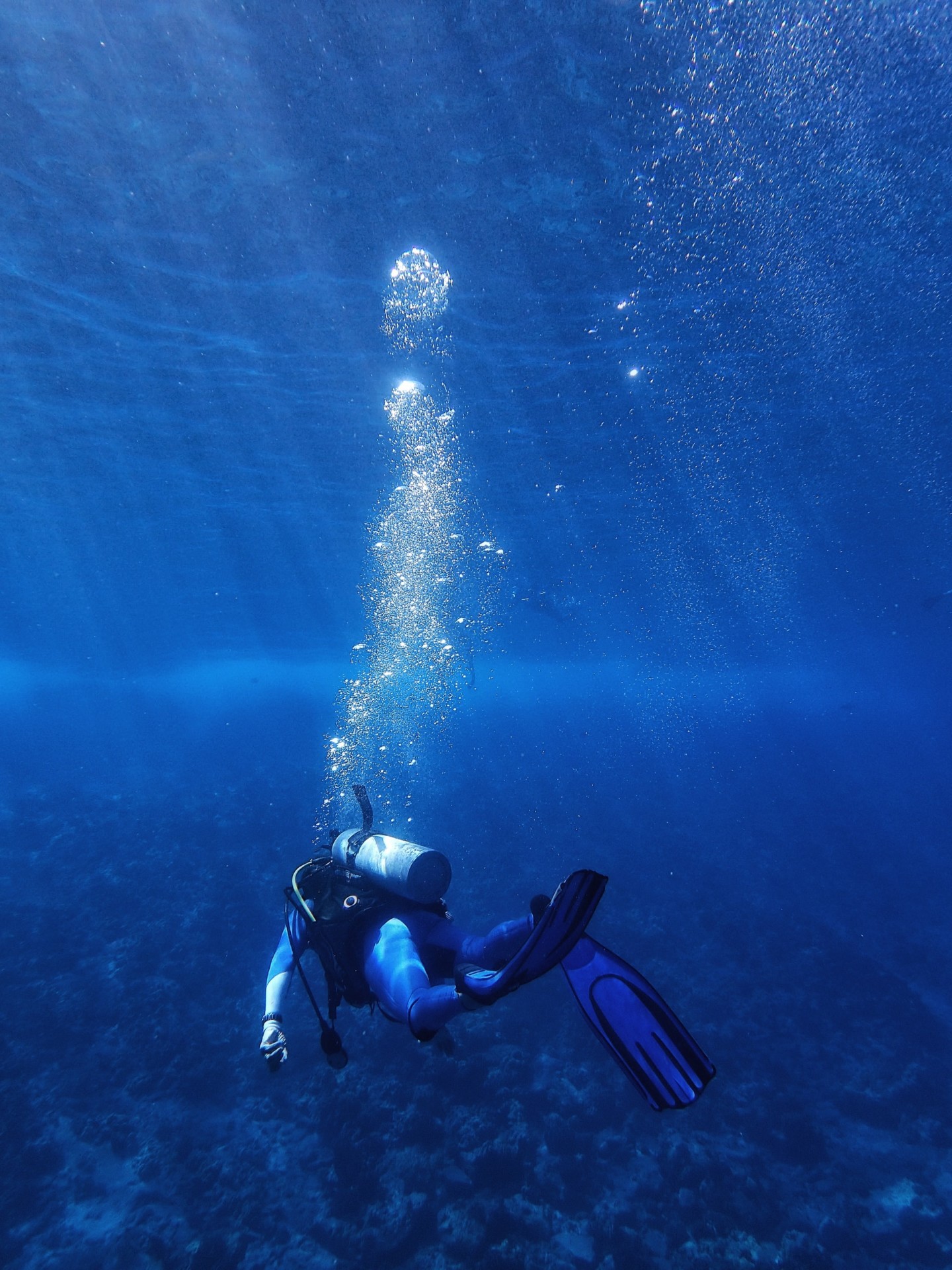
Why Do Scuba Divers Use More Air at Depth? (+4 Practical Tips)
-
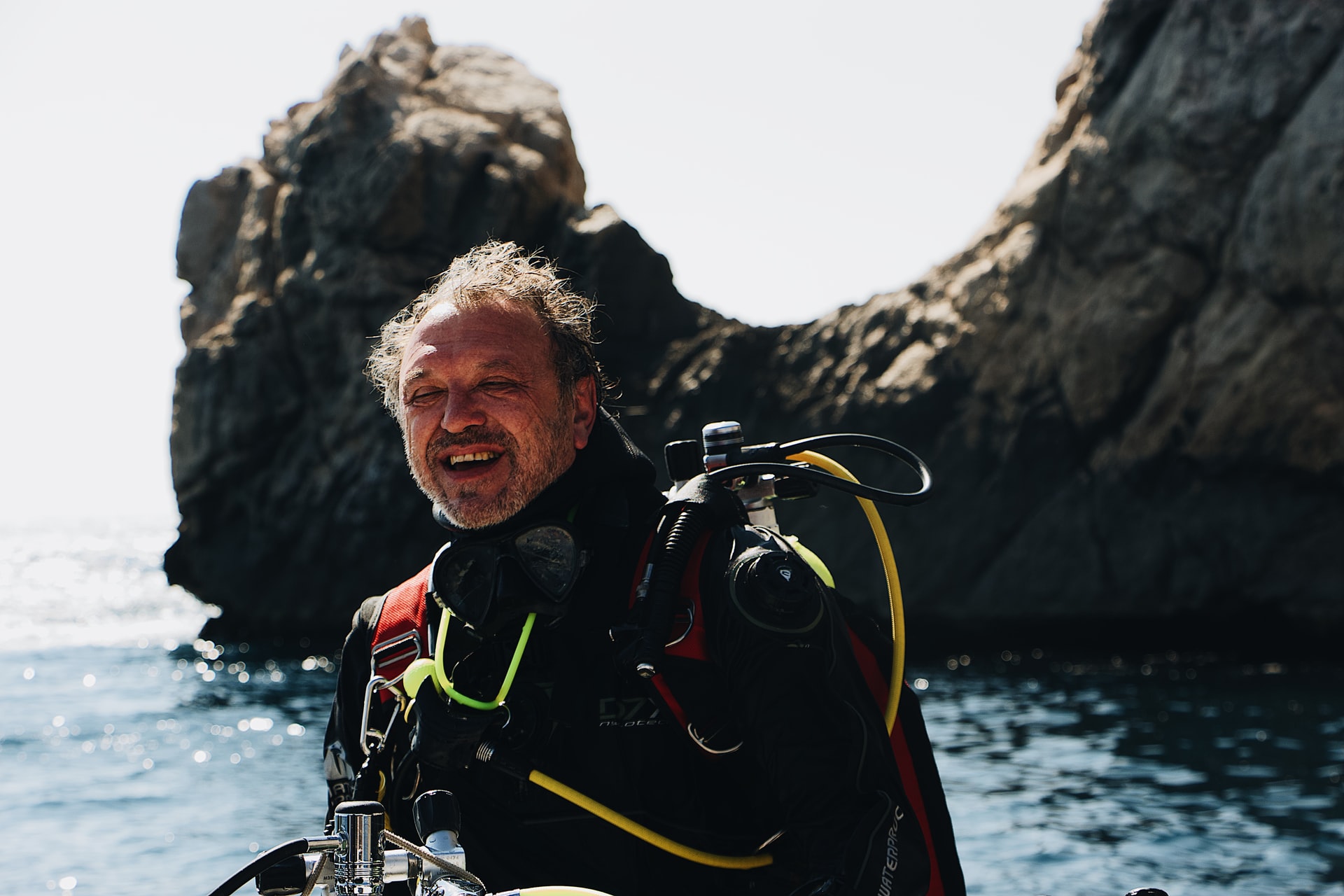
At What Age Should You Stop Scuba Diving? (+9 Tips for Older Divers)
-
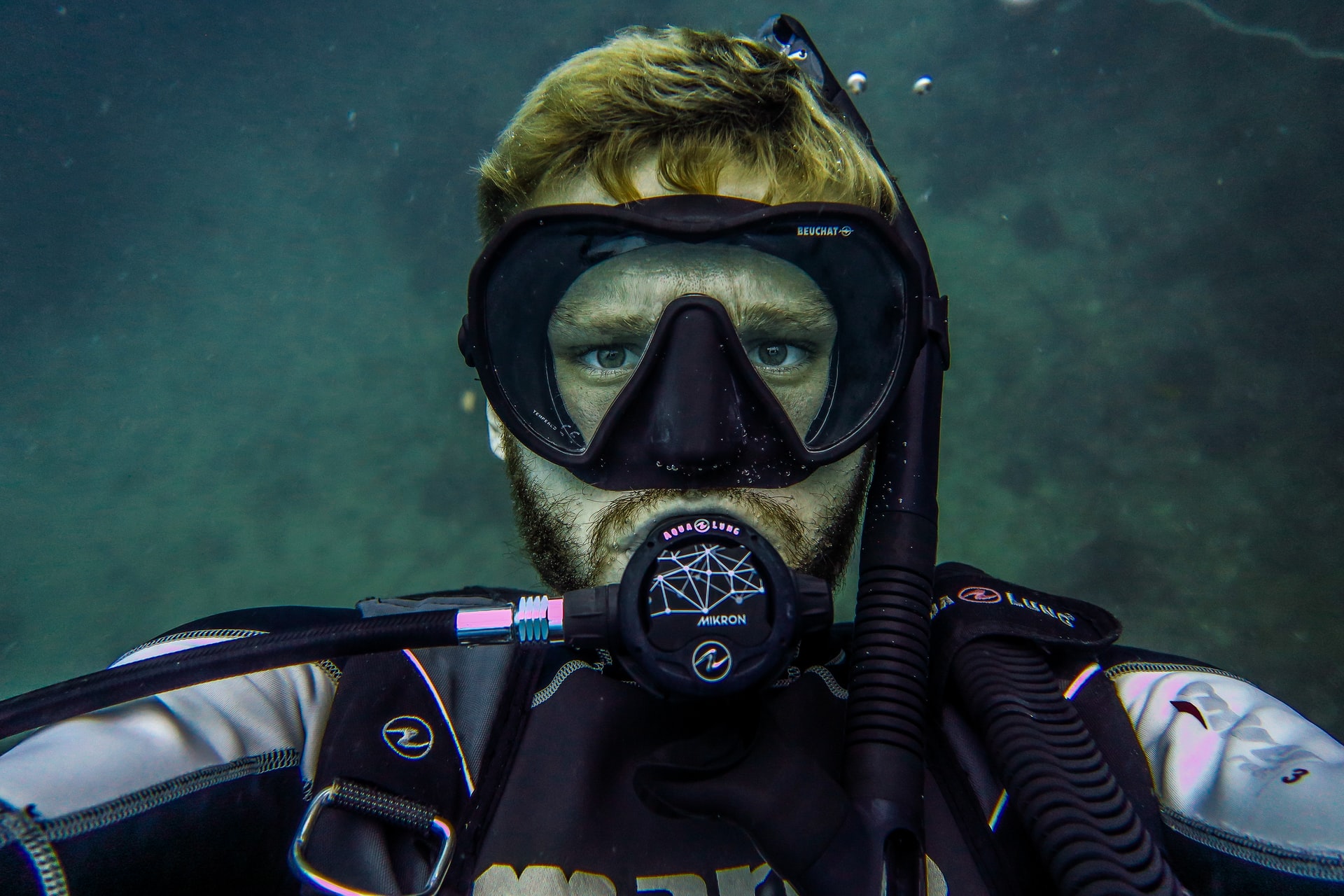
Should I Shave Before Scuba Diving? Crucial Facts (+9 Helpful Tips)
-
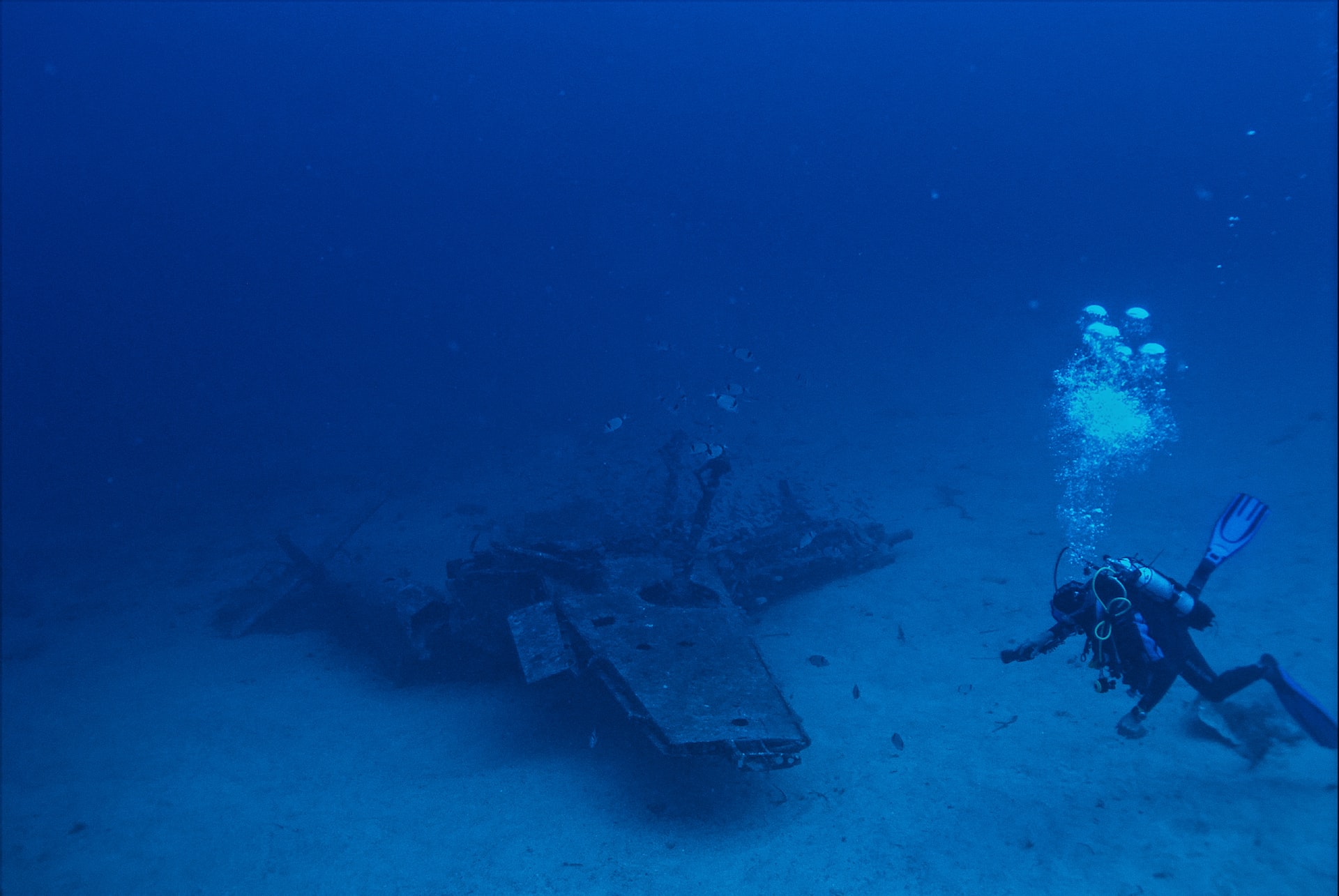
Why Do Scuba Divers Use Helium? (+Its Pros & Cons)
-
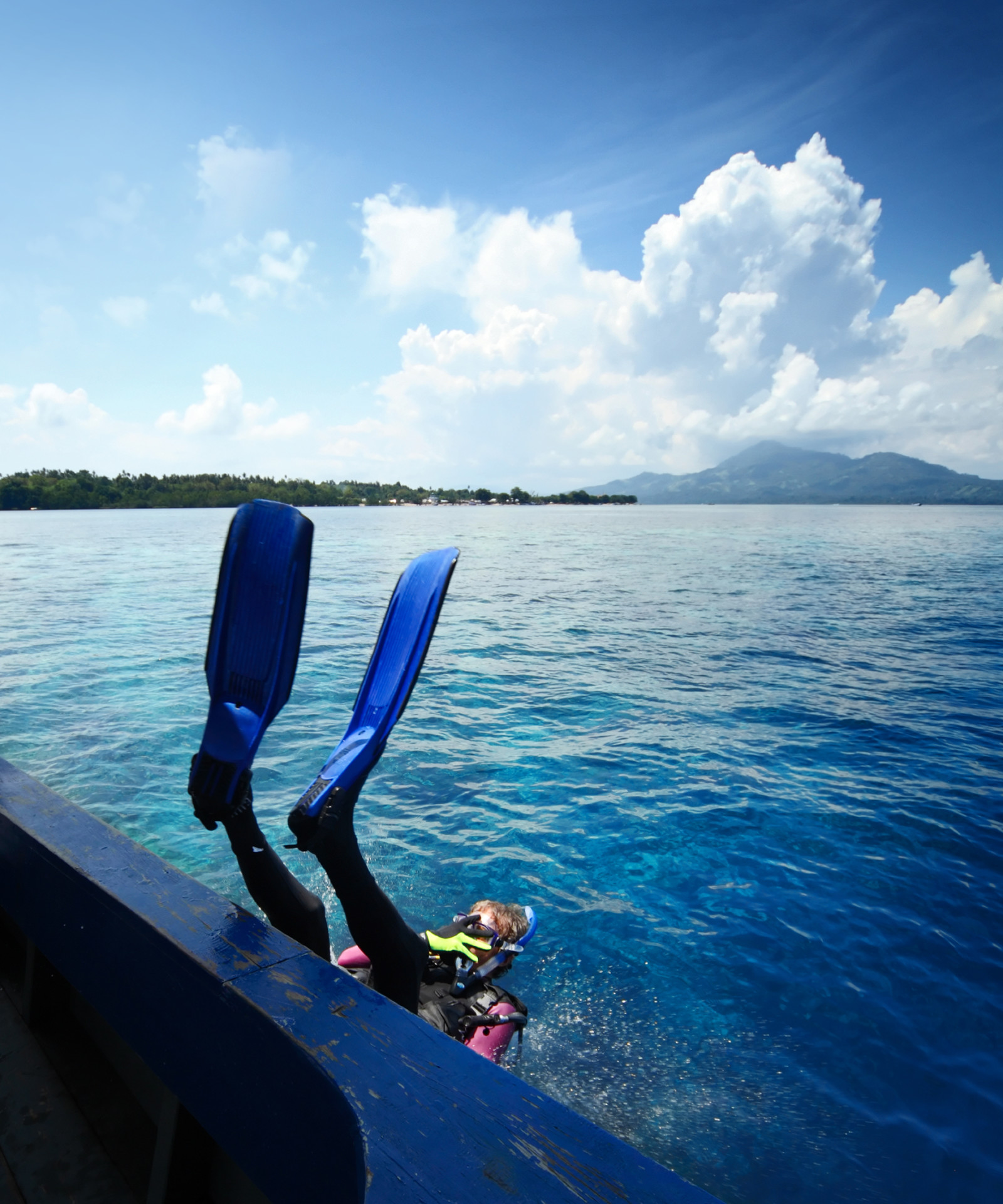
Why Do Scuba Divers Go in Backwards? (+3 Alternative Entries)
-
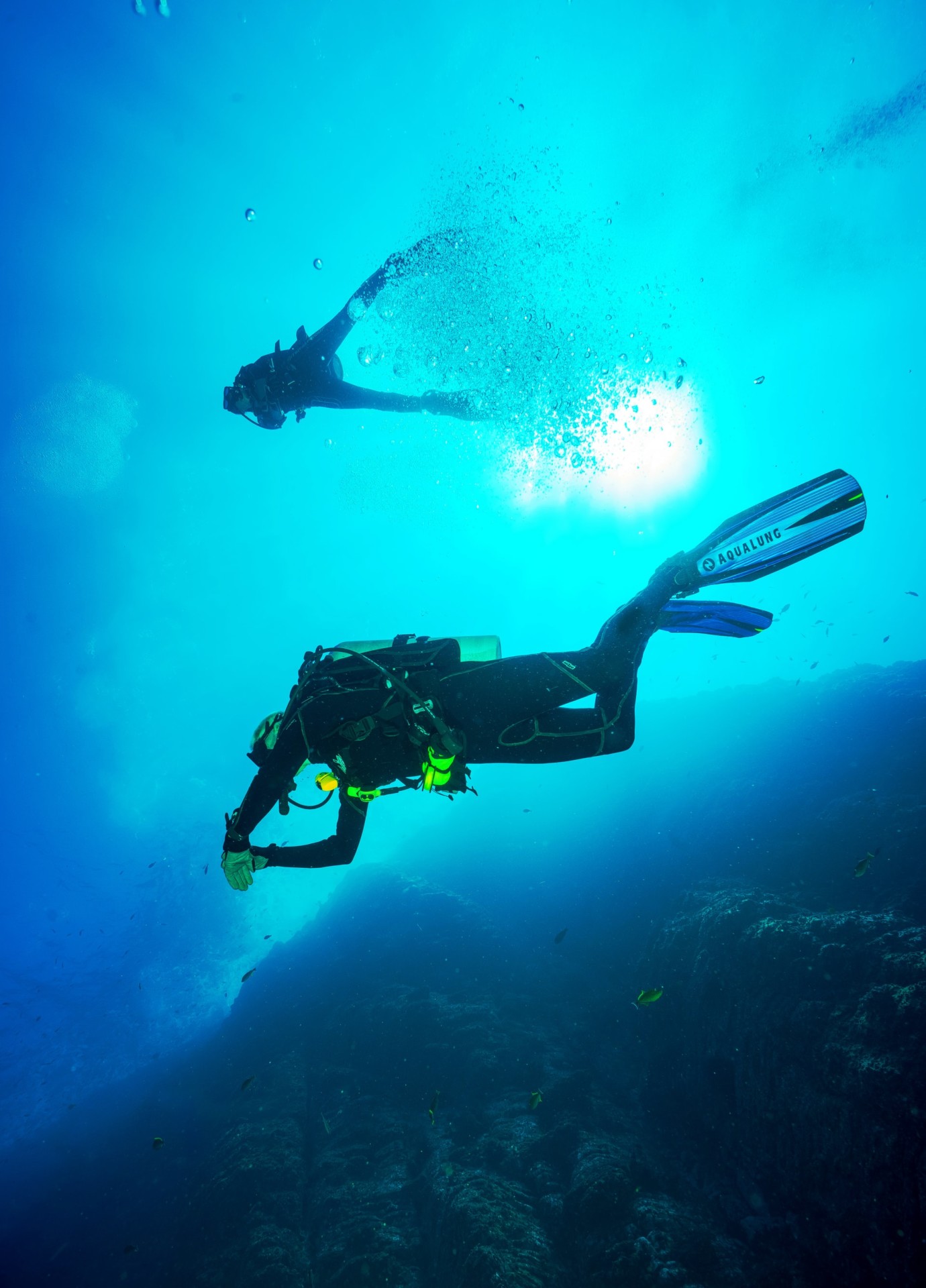
How Do Scuba Divers Sink and Float? (+Tips to Get It Right)

